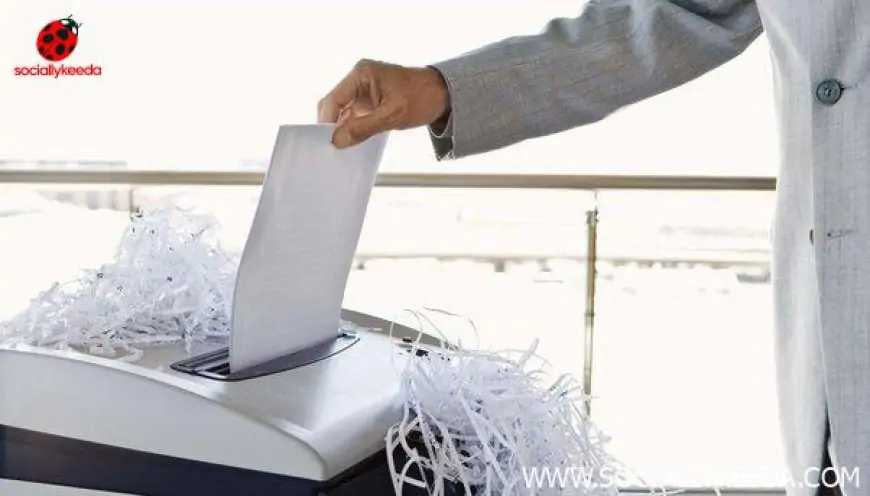Data protection is a core requirement of the corporate world. Today, most companies and clients are mutually aware of the need to let confidential information remain out of the eyes of outsiders. Also, they understand that failure to do this will grossly endanger their operations.
By the GDPR formulations, noncompliance with document safety attracts varying legal punishments. To get started with discarding expired but relevant print documents, shredding is one way to achieve that.
While paper shredders have notable upsides, it’s also important to understand the impending dangers of their improper use. On-site shredding poses risks to users that can be detrimental to health and even fatal. Sometimes, hiring a professional to do the job will go a long way to averting these dangers.
Subsequently, we’ll discuss some of the hazards associated with self-shredding.
Probable Risks of In-House Shredding
Here are the reasons why you should rethink doing your shredding.
Injury
You may have heard of cases where office workers had their clothes entangled with shredding machines. Occasionally, a few are unable to hijack their fabrics in time, making them sustain finger injuries, lacerations, or amputations. Commercial shredders especially are often with higher and lethal risks.
Inhalation of Particles
The by-products of shredding processes are paper dust. Without safety measures, workers can get these particles into their lungs, causing irritation. From there, they can develop long-term health defects like chest infections, asthma, chronic bronchitis, sore throats, eye problems, etc.
Fire
A deflagration can occur due to the production of large quantities of heat that increase the temperature and pressure of a closed space. This upswing in the amount of pressure releases acoustic waves capable of setting escaped clouds of dust ablaze.
Deflagration rarely occurs, but that doesn’t justify carelessness while handling shredding equipment.
Falls due to heavy top construction
Typical office shredders are constructed with most of their mechanical components above. This leaves the lower part lightly weighted, giving a precarious balance. Once they tip over, they can cause damage to the lower body parts like the toes and shins.
Aside from health implications, a fallen shredder might have some functional elements destroyed. In the end, the ensuing breakdown might require a massive cost for repair.
Ways To Lessen Shredding Dangers
Proactiveness will help mitigate shredding risks. If your office uses this equipment frequently, you should consider imposing the following.
- Procure well-confined dust collection systems to keep particles away from the heat generated during shredding.
- Involve fire protection specialists to help curate dust deflagration plans.
- Adopt a regular dust cleaning habit.
- Get improved and compatible fire suppression systems in your shredding machine.
- Shield electrical outlets in your shred- plant with dustproof coverings.
- Use fanning systems to disperse dust during shredding.
- Undergo training on effective safety methods.
- Outsource experts for the job if you don’t have the know-how of the technique.
That said, most of the alternatives listed above might be relatively expensive. However, they’re cost-effective and provide optimal use of your shredder. While disposing of sensitive documentation is vital, using your shredder properly is important nonetheless.








